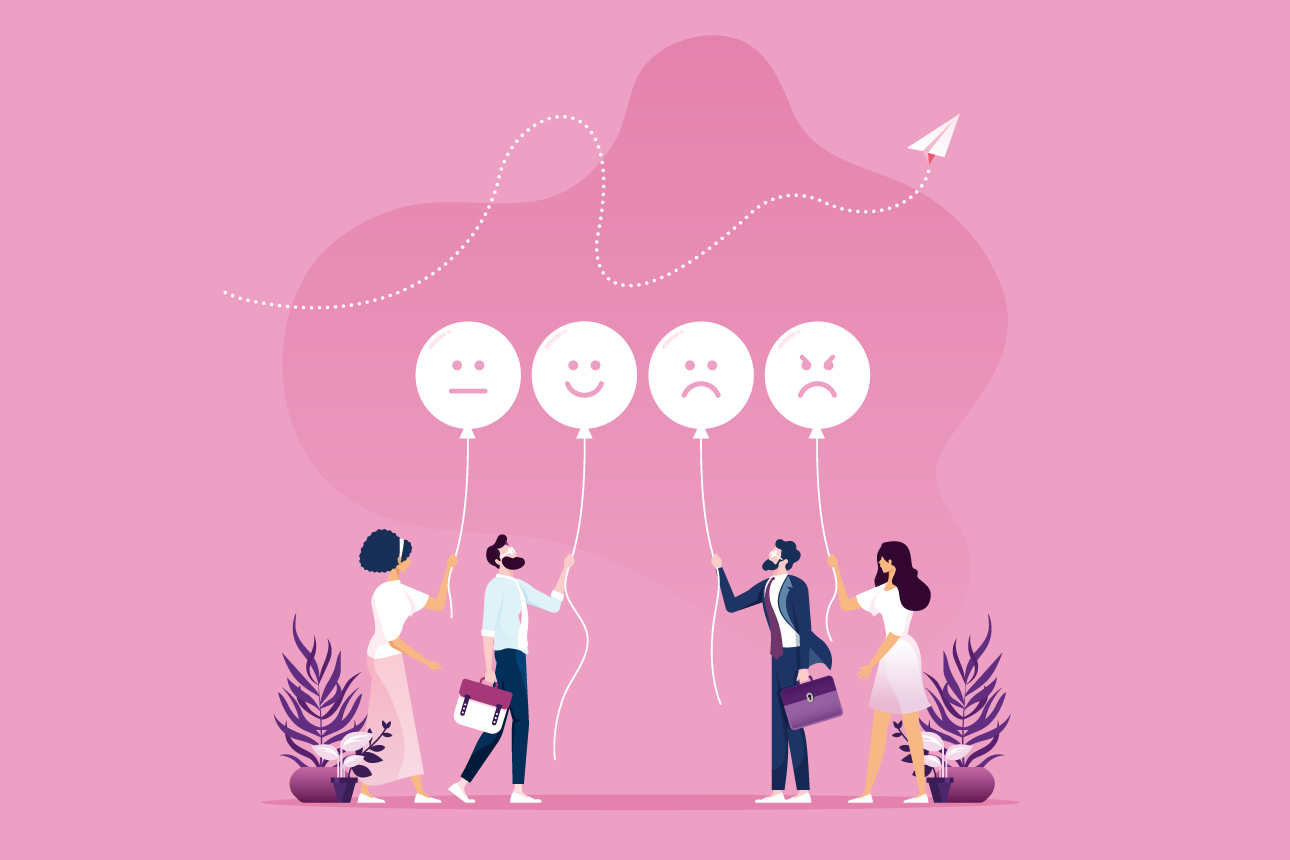Is Your Brand Purpose at Risk of Being Obsolete?
Business leaders must understand how the pandemic has altered the emotional imperatives that affect consumers’ brand choices.
Topics

Great brand purpose and positioning strategy begins with a human insight, not a category insight. It begins with a question of what’s driving consumers to make their decisions — putting an emotional why in front of a behavioral what. As one Journal of Brand Strategy study put it, “In practicing purpose-driven marketing, brands need to connect their purpose to consumer values and human needs.”
In times of great cultural upheaval, those values and needs change. As business leaders, especially brand stewards, look to find their voice in a post-pandemic world, they face a critical question: How has COVID-19 altered the emotional imperatives that affect consumers’ brand choices?
Get Updates on Transformative Leadership
Evidence-based resources that can help you lead your team more effectively, delivered to your inbox monthly.
Please enter a valid email address
Thank you for signing up
For the past 15 years, my company has conducted a longitudinal survey that tracks the emotional drivers of consumer decision-making and how events in our cultural surroundings are affecting them at any given time. Surveying tens of thousands of people, we quantify which of the 150 different emotional priorities that we call Passion Points are foremost on their minds at the moment, which ones are trending up or down, and which ones are impervious to cultural change.
Using a System 1 approach, we get quick answers. Time pressure is crucial because it prompts people to provide intuitive, instinctive responses, giving us a window into the emotional drivers behind people’s buying decisions. (Harvard Business School professor Gerald Zaltman said that 95% of purchasing decisions take place in the subconscious.) By comparing the results each year with past waves of this survey, we can see the shifts in consumers’ emotional priorities.
The impact of episodes of cultural upheaval on consumer emotions is nothing new: We saw substantial Passion Point shifts following SARS, the Great Recession, the Sandy Hook school shooting, and the 2016 election. But nothing could have prepared us for the breadth of change we’re seeing now, during the coronavirus crisis.
Consider the following three examples of trending emotional priorities that show signs of becoming long-term fixtures in consumers’ collective consciousness.
From ‘We’ Love to ‘Me’ Love
COVID-19 is not like previous crises that brought Americans together. In the latest wave of our survey, none of the top 20 Passion Points showed a rising sense of community. Instead, we saw an upswing in people’s need to focus on themselves, including their own physical and mental health.
